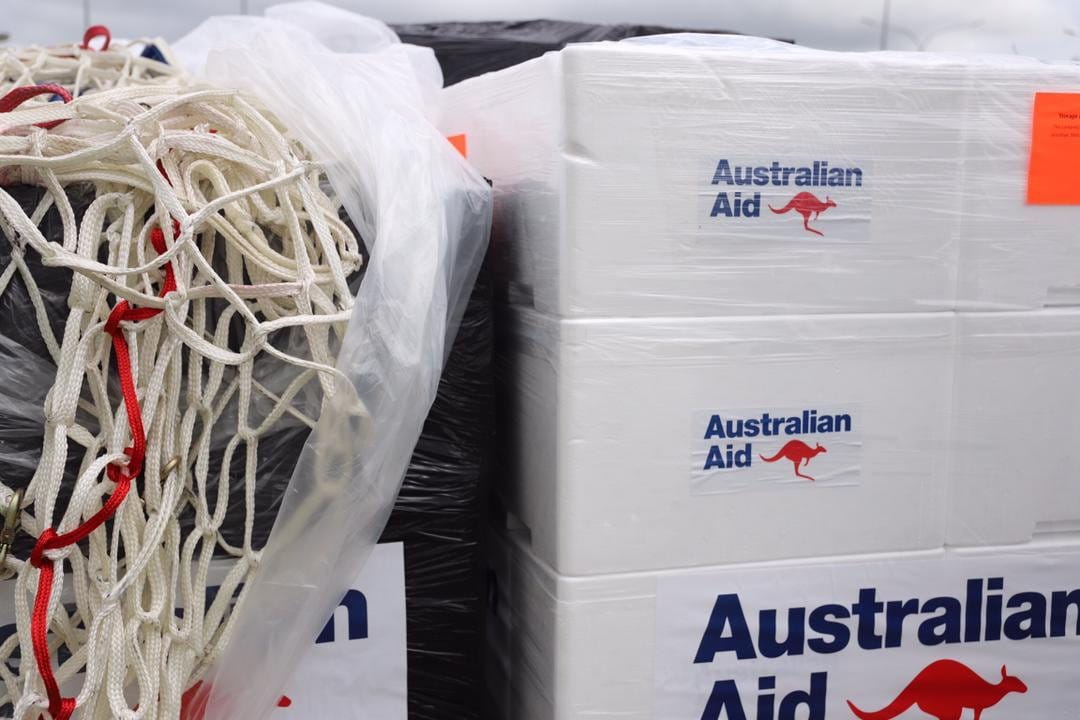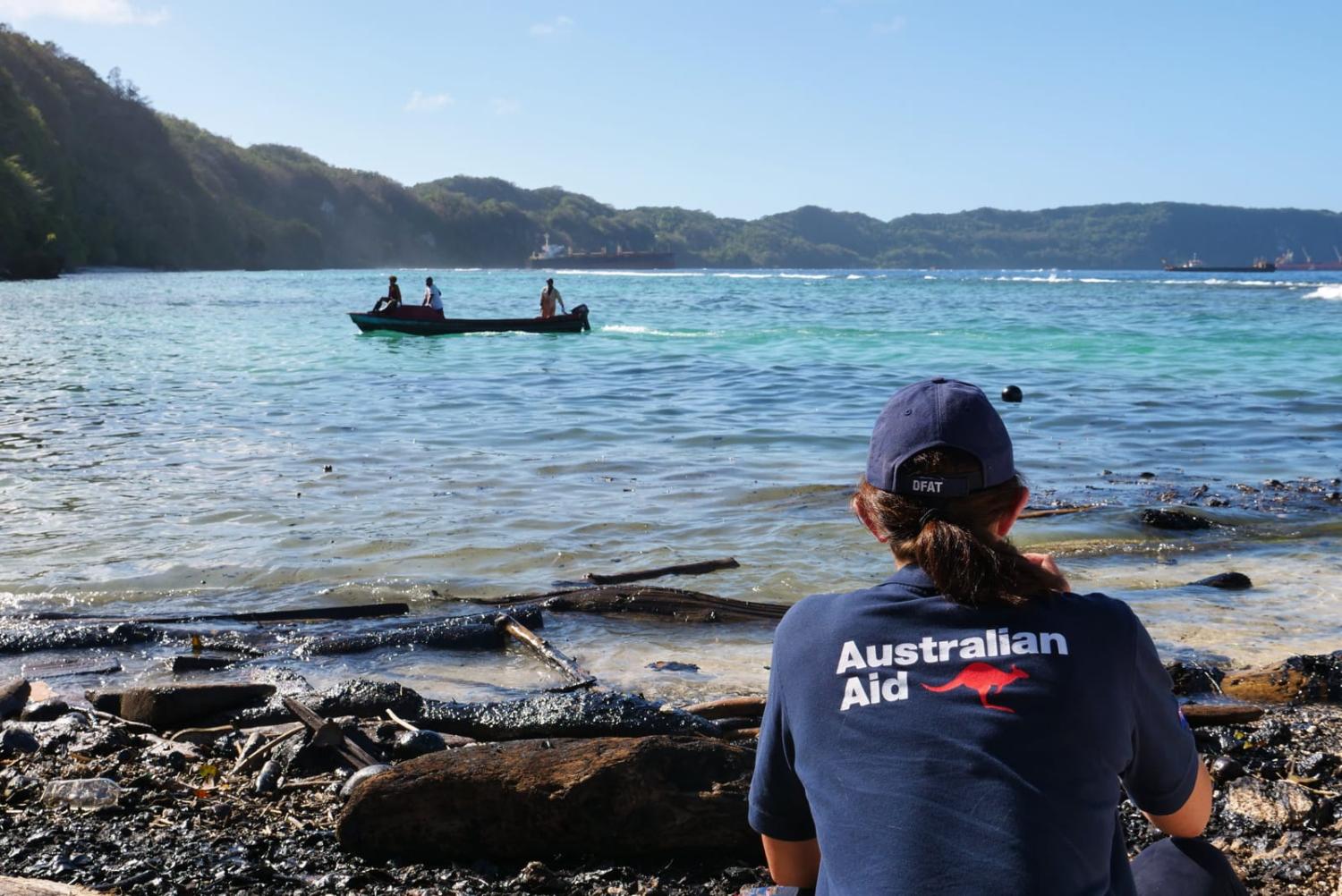For a policy that is the first substantive document of its kind in almost a decade, it is fitting that there is substantial interest in the new blueprint for Australia’s international development program. Make no mistake: this is a pivotal moment for Australian statecraft.
The new approach will go a long way towards restoring development to the heart of foreign policy, as our sector has been calling for, and will help re-establish development as a vital lever in the quest for global influence. And perhaps more importantly, it will help sharpen Australia’s focus when it comes to dealing with the multiple challenges of our time, from rising sea levels to growing food insecurity.
Titled “Australia’s International Development Policy: For a peaceful, stable and prosperous Indo-Pacific”, the policy does a lot of the heavy lifting towards recalibrating aid and development priorities.
So, what exactly is in it?
Let’s start with what is commendable, of which there is much.
As has been covered widely already, climate change and gender are particularly addressed, with targets set for each. From 2024–25, at least half of bilateral and regional investments valued at more than $3 million will have a climate change objective, with a goal of reaching 80 per cent within five years. And 80 per cent of new investments must effectively address gender equality (although it must be pointed out that this is a pre-existing commitment).
Climate change is a central pillar of the policy, running throughout and across the entire document. In fact, it mentions “climate change” 22 times. That is a pretty solid acknowledgement of what Pacific neighbours have repeatedly stressed is their common number one priority. It shows that Australia is doing what it says it is: listening to partners.

Another win that has received less attention so far, but should, is civil society. For the first time, Australia is to set up a civil society fund, the “Community Partnership Fund”, which recognises the value and importance of civil society, the network of non-government groups such as charities, community groups, universities and more, which are most effective in articulating needs and delivering aid at a grassroots level. It reinforces something else articulated in the policy: that locally led development is vital. However, there are few tangible commitments here, so it’s a watch this space.
In a sign that the government recognises the growing importance of equipping the humanitarian sector, which involves responding to acute need caused by disasters or conflict, a standalone humanitarian policy is being launched on a date yet to be announced. We are in a time when people in parts of the world, such as the Horn of Africa, are deeply suffering the impacts of famine, and a strengthened humanitarian strategy is one that sets targets.
Health system strengthening is a welcome theme in the policy, which is an important step to addressing Covid-19 recovery. There is strong language around disability inclusion, which is extremely welcome, as disabled people are known to have been among the most severely affected by the pandemic.
There are, however, tension points, where the policy doesn’t deliver on what has been promised.
Perhaps the most egregious of these is LGBTQIA+, which is not addressed in the policy. Is this erasure because of recent comments by Solomon Islands Prime Minister Manassah Sogavare, in which he claimed LGBTQIA+ activities were being used as a “weapon” in a speech on the eve of a visit to China? “I do not want the issue of LGBTQIA+ to be weaponised against us and used as a condition for accessing aid,” he said.
Another issue is global versus local. The policy is titled “Indo-Pacific” and has the region referenced heavily throughout the document, however the greatest need right now is outside of the region – such as the aforementioned Horn of Africa. This regional focus could potentially mean Australia risks accusations it is operating out of self-interest.
Another omission is that of timelines and firm targets, particularly around ODA (Official Development Assistance) levels. Currently, Australia’s aid budget is $4.67 billion, or 0.19 percent of Gross National Income. It has been increased by $1.7 billion over four years under this government, yet still falls short of international targets. Currently Australia is ranked 27 of 31 donor countries on the OECD DAC rankings. Considering Australia is listed as the world’s tenth richest country by the OECD, we might consider aiming higher.
The policy has been a long time coming, and will go far in terms of setting the stage for our future program and partnerships. What matters now is how it is enacted – and in particular, how soon this happens.

